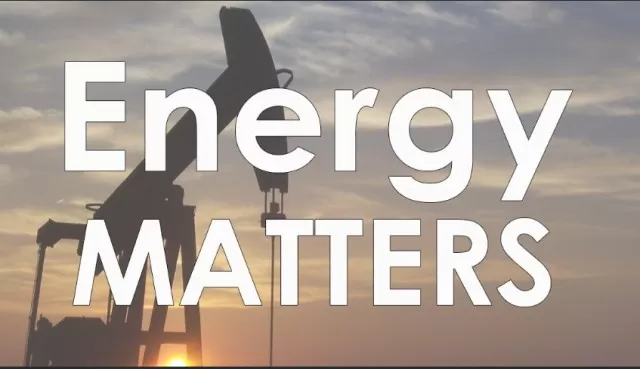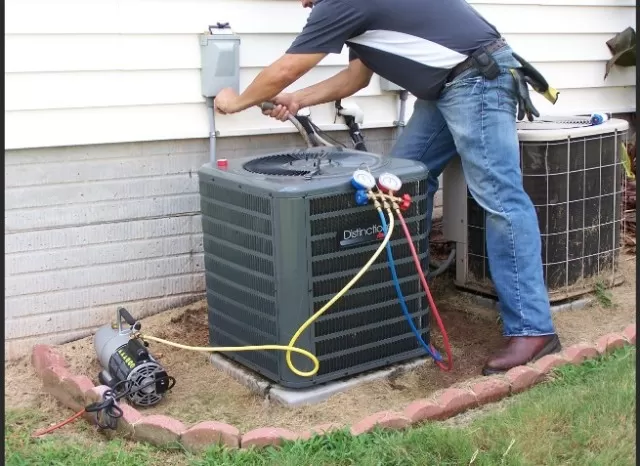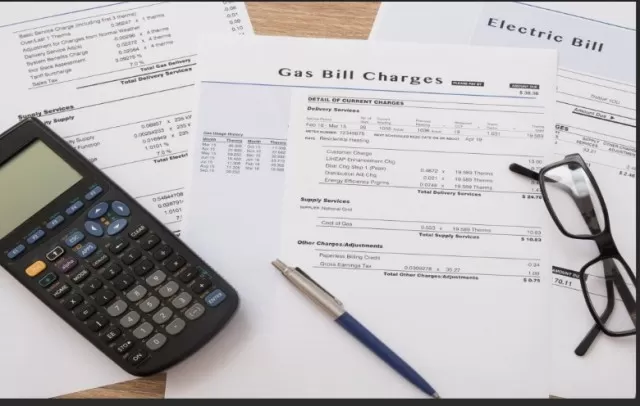Harnessing Home Energy Use to Fight Climate Change. In the grand tapestry of combating climate change, your individual actions weave a powerful narrative of change—one day at a time, one choice at a time. As you navigate the rhythms of life, the way you interact with electricity, water, and fossil fuels becomes a testament to your commitment to a greener world.
By conscientiously treading this path, you mold a legacy that preserves our planet’s vitality for generations yet to come.Remember, your journey towards climate-conscious living is not a solitary endeavor—it’s a symphony of interconnected efforts. Each day, every choice, every action serves as a testament to your dedication to a greener, more sustainable world. By infusing your life with mindful practices, you illuminate a path toward a brighter tomorrow—one that’s characterized by harmony between human progress and the preservation of our planet’s natural wonders.
The Significance of Individual Energy Consumption in Addressing Climate Change

The relentless advance of climate change is causing noticeable shifts in weather dynamics, agricultural output, and the well-being of human beings and wildlife alike.
These transformations transcend geographical boundaries, yet the collective impact of our daily choices serves as the frontline in the larger struggle. Each individual bears the responsibility of dictating the utilization of fossil fuels, electricity, and water within their own abode, thereby wielding the potential to decisively counteract the advance of climate change.
By embracing this authority, you can actively engage in the battle to safeguard our planet.
In the face of this global challenge, the power to make a difference rests within the realm of your everyday actions.
The manner in which you manage energy resources within your home carries profound implications. With every flick of a switch or turn of a tap, you wield the power to contribute to a pivotal shift.
This paradigm shift is about understanding the nuances of energy efficiency: comprehending not just the “how,” but also the “when” and “why” behind transformative alterations in your domestic energy consumption.
It is imperative to recognize that mitigating climate change is not a task confined to distant summits or policy chambers.
Rather, it’s a mission that transpires within the intimate confines of our homes, resonating outward to touch the larger world. Equipping yourself with the knowledge and tools to embrace energy-efficient practices empowers you to be an agent of change, promoting sustainability and ecological harmony.
By embracing a conscious approach to energy use, you become an essential protagonist in the collective narrative of battling climate change, working harmoniously with countless others toward a more resilient and vibrant planet for generations to come.
Understanding Your Energy Consumption
“Begin by comprehending the destinations of your energy,” advises Mike Philips, the CEO of Sense, a pioneering company specializing in home energy monitoring solutions.
“When you unravel the mysteries of energy distribution, you uncover economical avenues for conservation. ” A prudent starting point resides within your utility bills—a repository of insights that grants you a panoramic view of your household’s energy landscape.
While utility bills provide a rudimentary understanding, cutting-edge techniques offer a more profound grasp of your energy dynamics.
Emerging technologies, including smart plugs, usher in a new era of precision by scrutinizing the energy footprint of individual outlets. Taking it a step further, Sense’s innovative home monitoring system boasts a sophisticated capability: over time, it acquaints itself with the distinctive electrical signatures of your devices, unveiling a comprehensive breakdown of energy utilization.
This heightened awareness extends to revealing the energy draw of idle devices—a revelation that often proves enlightening.
Elevating the comprehension of energy consumption from a mere exercise in calculation, these methods bestow an interactive and insightful journey into the energy flow of your household.
Armed with this knowledge, you are empowered to make informed choices, identify hidden inefficiencies, and embark on a transformative path towards more conscientious energy stewardship. In the ever-evolving narrative of Sustainable Living, this level of awareness not only conserves resources but also invigorates the larger battle against climate change.
Taming Concealed Energy Consumption

Labels such as “always on,” “phantom,” or “vampire” have been coined to delineate a sneakycategory of culprits—appliances, gadgets, and electronics that surreptitiously guzzle energy even when ostensibly switched off.
“We refer to them as energy hogs,” Philips affirms.
“They’re the culprits responsible for siphoning off a staggering 23 percent of the entire electricity consumption in the United States. All the while, they give the illusion of being inactive.
” This modern paradox illuminates the paradox of our times—devices that appear dormant are surreptitiously at play, perpetuating an energy drain that rivals even the substantial usage attributed to heating, cooling, or major appliances like laundry machines.
The U.
S. Energy Information Administration has unveiled a startling revelation: the collective energy sapped by devices left plugged in but idle surpasses the energy consumption attributed to fundamental utilities.
In light of this revelation, the onus falls upon each of us to make a deliberate stance against this stealthy energy waste.
The solution is disarmingly simple: if an appliance or device is not in use, turn it off or unplug it.
Enhancing this endeavor, power strips equipped with on-off switches offer a streamlined methodology. With a mere flip of the switch, a cascade of devices that harbor no necessity to be perpetually operational—such as gaming consoles, Blu-ray players, or sound systems stationed around entertainment centers—can be swiftly deactivated.
This practice goes beyond mere conservation—it’s a paradigm shift in how we interface with the energy landscape of our homes.
By thwarting the grip of energy hogs, we’re not just preserving resources; we’re actively dismantling a concealed but potent contributor to wastefulness. As we collectively rewrite the script on energy use, we redefine our roles as custodians of the environment, embracing a future where our decisions hold the power to turn the tide against needless energy depletion.
Managing Unseen Energy Drain
The terms “always on,” “phantom,” or “vampire” have emerged to define a perplexing category of culprits—appliances, devices, and electronics that surreptitiously draw energy even when ostensibly switched off.
Philips aptly dubs them “energy hogs.
” He reveals, “A staggering 23 percent of the entire electricity consumption in the United States is surreptitiously siphoned by these inconspicuous culprits. ” This startling revelation underscores the paradox of devices that maintain the facade of dormancy while surreptitiously contributing to a significant energy drain.
Surprisingly, the cumulative energy consumption of plugged-in but idle devices outpaces even the energy dedicated to critical functions like heating, cooling, or major appliances such as laundry machines.
The U.S. Energy Information Administration adds weight to this discovery, underscoring the magnitude of this issue.
The call to action is clear: a collective effort is required to counteract this covert energy consumption.
A simple yet impactful strategy emerges—whenever an appliance or device is not actively in use, power it off or disconnect it.
This conscious practice embodies an immediate solution to curbing the insidious energy waste perpetuated by dormant electronics. Further streamlining this endeavor, power strips equipped with on-off switches simplify the process.
With a mere flick of a switch, a cascade of devices that remain idle until required—such as gaming consoles, Blu-ray players, or sound systems nestled around an entertainment center—can be instantly deactivated.
Embracing this approach transcends mere energy conservation; it signifies an attitudinal shift toward energy mindfulness.
By combatting energy hogs, we actively mitigate an invisible yet significant contributor to wastefulness. In the broader context of sustainable living, this shift signifies a step toward harmonizing our energy needs with responsible environmental stewardship.
Your role in this narrative is pivotal—every action to unplug or turn off devices cultivates a culture of responsible energy use, reinforcing the belief that through conscious choices, we can collectively drive substantial change.
Harnessing the Benefits of Utility Incentive Initiatives

Philips advocates for an astute awareness of “time of use rates,” which entail reduced costs for energy consumption during non-peak periods.
This strategic approach may entail tasks like running dishwashers or clothes dryers during nighttime hours when electricity demand is lower. Nevertheless, in locales enriched with substantial solar energy production, a unique dynamic unfolds—certain utility companies extend discounted rates for energy use during midday hours, thanks to the surplus of power generated by the high noon sun.
Capitalizing on this solar abundance, operating appliances like dishwashers, washing machines, or air conditioners during these intervals can achieve a dual triumph: cost savings and a tangible contribution to the climate cause.
This practice orchestrates an ingenious dance between energy consumption and the ebb and flow of the natural world.
By adhering to time-sensitive energy utilization, you not only optimize your financial expenditures but also synchronize your activities with renewable energy availability. This approach imparts a sense of harmony between human need and environmental equilibrium.
Beyond the financial advantage, this paradigm aligns with a fundamental shift in perspective—an understanding that our energy footprint can be both efficient and harmonious with the planet’s rhythms.
As you tune in to utility incentive programs and time-sensitive consumption, you are actively participating in a broader narrative of energy mindfulness and sustainability. Your decisions ripple outward, demonstrating the synergy between responsible energy consumption and the broader goal of mitigating climate change.
In essence, you are becoming a steward of both your economic resources and the environment, embodying a future where our actions harmonize with the world’s energy dynamics for the benefit of all.
*The information is for reference only.